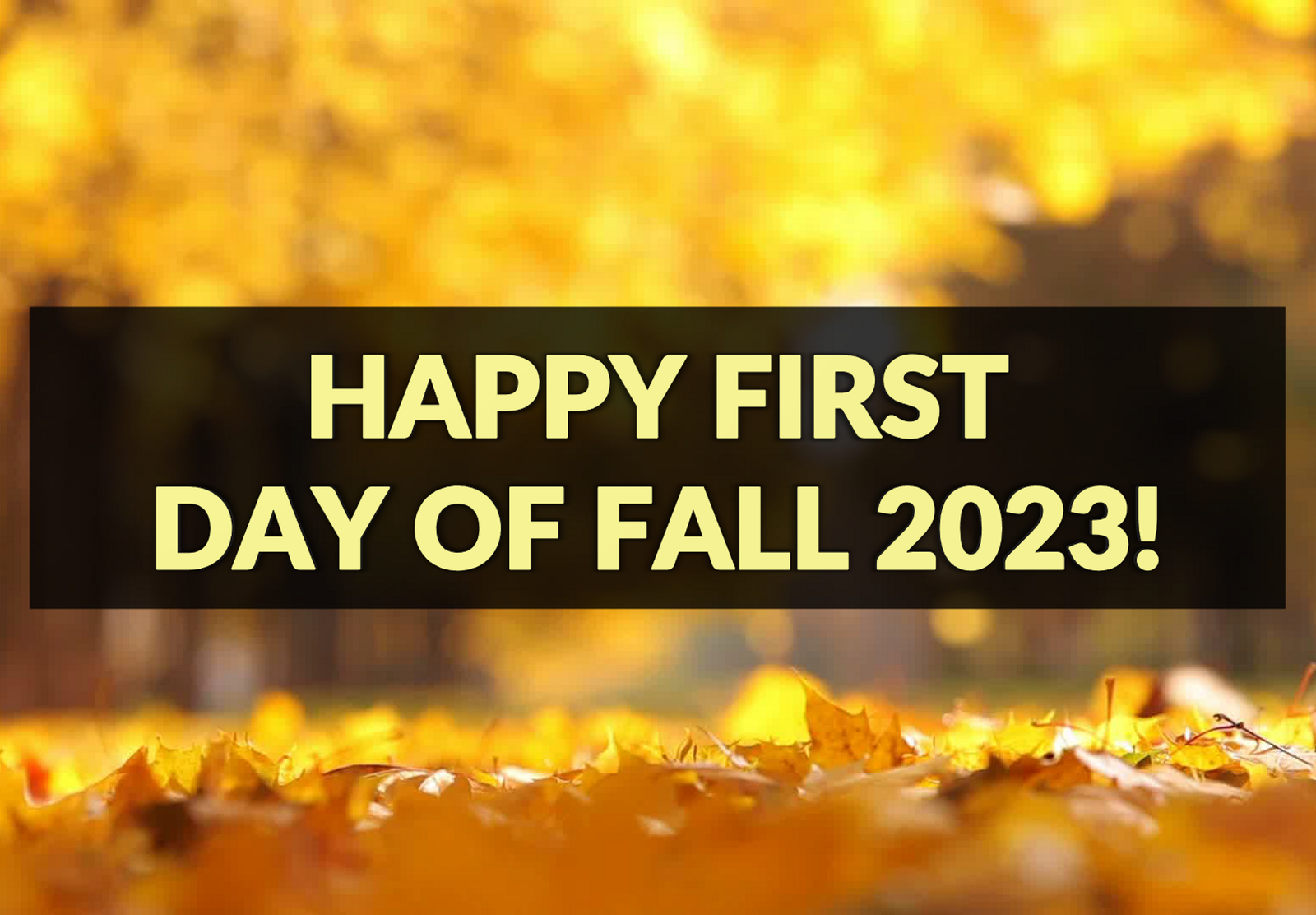As the sweltering heat of summer begins to wane, a refreshing transformation unfolds across landscapes, marking the arrival of a cherished season. The first day of fall in 2023 is not just a date on the calendar; it’s a pivotal moment that heralds significant changes in our environment, culture, and personal lives. This article explores the multifaceted significance of this day, offering insights into its astronomical basis, its impact on nature, and the cultural celebrations it inspires around the globe.
The Astronomical Significance of the Autumnal Equinox
The first day of fall, scientifically known as the autumnal equinox, is an astronomical event that occurs when the Sun crosses the celestial equator from north to south. This event marks one of the two points in the year when day and night are almost equal in length, a balance that has fascinated humanity for millennia. In 2023, this transition signifies the end of summer and the beginning of autumn in the Northern Hemisphere, a period that encompasses a wide array of changes in our natural surroundings.
During the equinox, the Earth’s tilt and its orbit align in such a way that both hemispheres receive an equal amount of sunlight. This equilibrium in solar distribution is not only a remarkable celestial phenomenon but also a crucial turning point that influences various ecological processes and cultural practices worldwide.
Nature’s Symphony: The Ecological Impact
With the arrival of the first day of fall in 2023, we witness a magnificent transformation in the natural world. Trees begin their splendid display of color change, from the lush greens of summer to the vibrant reds, oranges, and yellows of autumn. This change is not merely for our visual pleasure; it signifies a deep-rooted biological process where trees prepare for the colder months by breaking down chlorophyll, which gives leaves their green color, to conserve energy.
Moreover, the first day of fall triggers a series of migrations and behavioral changes in the animal kingdom. Birds embark on long southward journeys to warmer climates, a survival strategy perfected over generations. Meanwhile, various mammals start the process of hibernation preparation, gathering food and retreating to their dens. These natural events are interconnected, demonstrating the remarkable adaptability of wildlife to the Earth’s cyclical changes.
Harvests and Celebrations: Cultural Traditions
The first day of fall in 2023 also ushers in a season rich in cultural significance and festivities across the globe. In many cultures, autumn is synonymous with the harvest season, a time of gathering the fruits of agricultural labor and giving thanks for the bounty. This period is marked by various festivals and celebrations, each with its unique customs and traditions.
In the United States, for example, the arrival of fall is closely associated with Thanksgiving, a holiday that commemorates communal harmony and gratitude. Meanwhile, in East Asian cultures, the Mid-Autumn Festival celebrates the harvest under the full moon, symbolizing reunion and prosperity. These celebrations are not only an expression of gratitude for the Earth’s abundance but also an opportunity to strengthen communal bonds and cultural identity.
The Psychological Effects of the Season Change
The transition from summer to fall, highlighted by the first day of fall in 2023, has profound psychological effects on individuals. The cooler temperatures and shorter days can influence our mood and behavior, a phenomenon often referred to as seasonal affective disorder (SAD) in its more severe form. However, for many, the arrival of autumn is a welcome change that brings relief from the heat of summer and an opportunity for introspection and renewal.
Autumn’s unique palette of colors, its crisp air, and the gentle decay of leaves are reminders of the beauty and impermanence of life. This season encourages us to embrace change, reflect on our personal growth, and prepare for the future. It’s a time for enjoying the simple pleasures of a cozy sweater, the taste of pumpkin spice, and the warmth of a crackling fire.
Preparing for the Change: Tips for Embracing Fall
As we approach the first day of fall in 2023, there are several ways to fully embrace and prepare for the season. Firstly, adapting our homes with autumnal decorations and warmer textiles can make the transition smoother and more enjoyable. Engaging in outdoor activities such as hiking, apple picking, or simply taking walks to observe the changing foliage can help us connect with nature and appreciate the season’s beauty.
Furthermore, fall is an excellent time to begin new projects or hobbies. The energy of change and renewal can be a powerful motivator for personal development and creativity. Whether it’s starting a new book, learning a craft, or writing in a journal, the fall season offers a unique opportunity to focus on our inner selves and cultivate new skills and passions.
Conclusion
The first day of fall in 2023 is more than just a date; it’s a celebration of change, a time to appreciate the beauty of nature, and an opportunity for personal reflection and renewal. By understanding the astronomical, ecological, and cultural significance of this day, we can embrace the season with open hearts and minds. As we witness the world around us transform, let us also consider the changes we wish to see in ourselves and our communities, making the most of this enchanting season.
Frequently Asked Questions about the First Day of Fall 2023
1. What is the first day of fall 2023?
The first day of fall in 2023, known as the autumnal equinox in the Northern Hemisphere, falls on Saturday, September 23. This day marks the astronomical beginning of the fall season.
2. Why do day and night have almost equal length on the first day of fall?
On the first day of fall, the Earth’s axis and its orbit around the Sun align in such a way that both hemispheres receive an equal amount of sunlight. This equinox causes day and night to have approximately equal length due to the geometric alignment of the Earth and Sun.
3. How does the first day of fall affect the environment?
The onset of fall triggers a series of ecological changes, including the changing colors of leaves, migrations of birds, and the preparation for hibernation among certain animals. These changes are responses to the decreasing daylight and cooling temperatures as the Earth moves away from the Sun.





